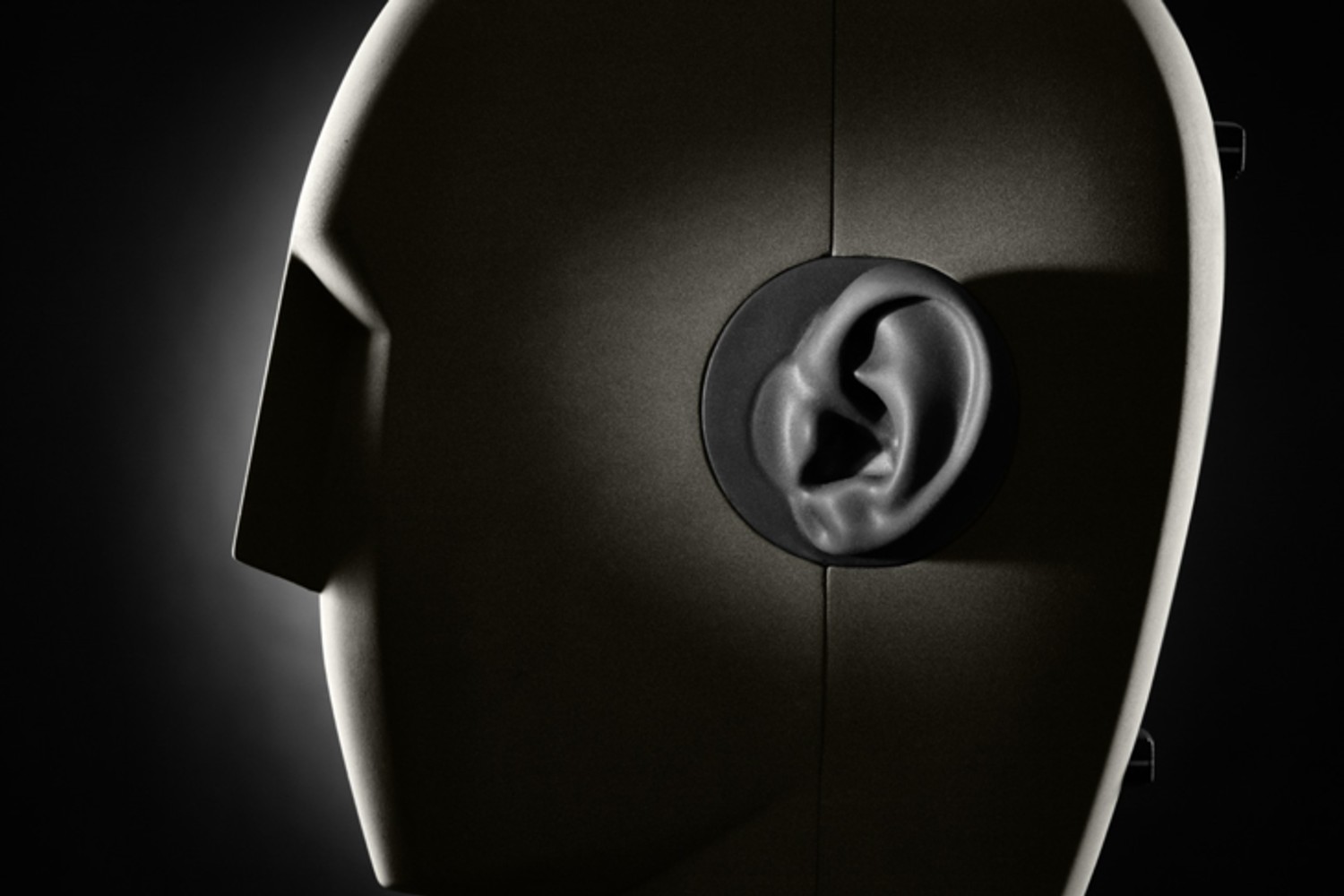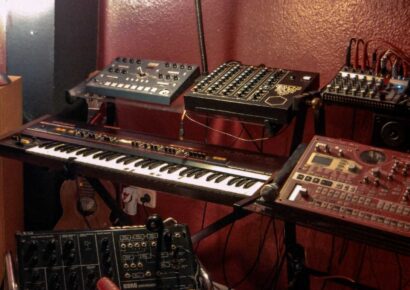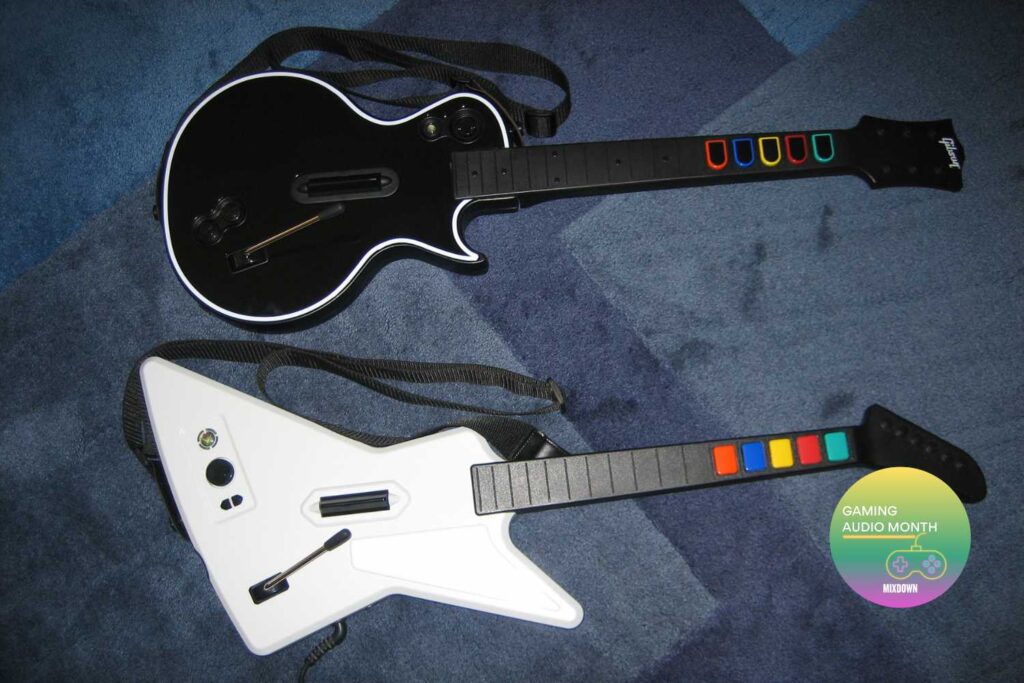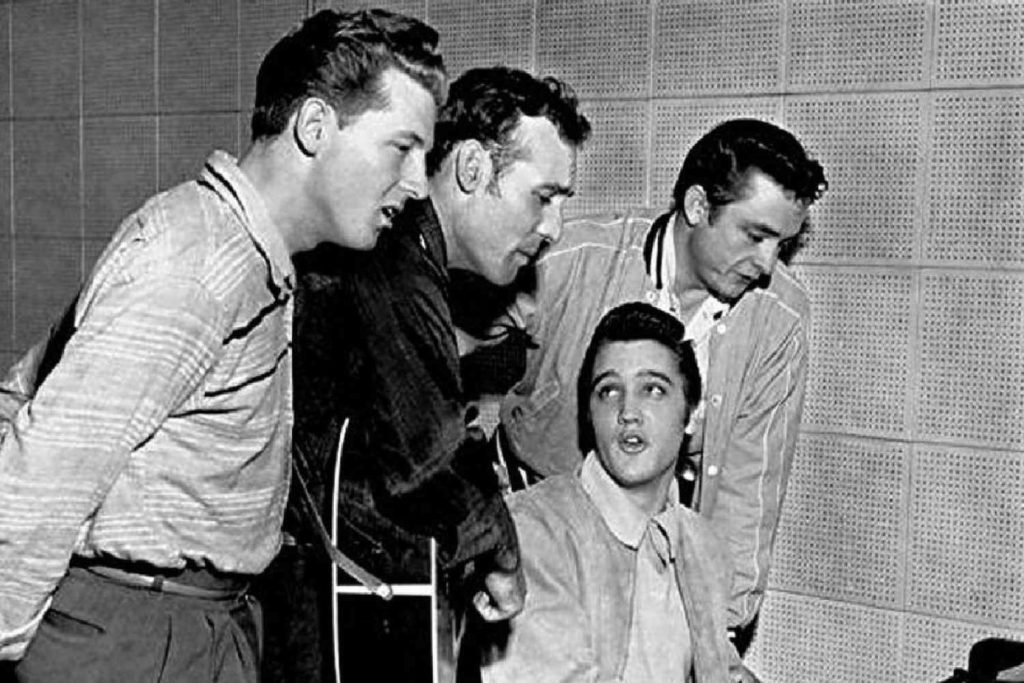We hear in stereo – two ears (microphones) plugged into our brain.
To understand binaural panning, think about the structure of the human head. It doesn’t matter if we’re listening to a 9.1 surround sound system, it’s all being heard via this stereo line-in built into our heads. Incredibly, our brains can still determine the origin of sounds fairly accurately. This is a complicated process, but in simple terms our brains determine the origin of a noise by assessing the differences in the sound as it reaches each ear.
Read all the latest features, columns and more here.
Binaural
This includes the time difference between it reaching your left and right ear, and frequency differences as your body blocks some frequencies from being as prominent on one side as the other. Our brains interpret all this data in an instant and tell us the origin. Pretty cool, huh? Our ears and head roll off some high-end, which we interpret as being behind us. Sound in front of us, with nothing blocking them, are brighter and more presence. And because all sound is condensed down to our stereo ears, it’s theoretically possible to trick our ears and replicate any immersive sound experience via binaural panning.
While stereo mixing allows us to pan sounds left to right, and we use tricks of space and proximity to move things forward and back on a sound stage (i.e. more like watching a band), binaural sound immerses us in the sound, with panning available for left, right and forward, as well as behind and around us!
The downside: before we go crazy and create a magical 3D song with instruments surrounding you, it should be noted that this panning method really only works ideally when heard with headphones. Reflections from a room can ruin the effect, bouncing high-frequencies back to our ears that spoil the illusion of sounds behind us.
Further to that, playing a track that heavily utilises binaural panning through speakers is likely to sound very average as the effect doesn’t work correctly when each of your output channels is heard in both ears, so the levels will be out of whack. Thus, an approach to this technique with some level of forethought is required. One approach is to stick to standard L/R panning for the bulk of your track – the essential bits that you want heard perfectly every time, regardless of what system it’s played back on. Then utilise binaural panning for those extra bits that are likely to only be noticed by headphone listeners anyway – things like ambient textures, subtle percussion, delay trails etc. Those easter eggs can add up to a fantastic immersive experience for your listener.
Some DAWs like Logic Pro have binaural panning built-in; for others there are aftermarket plug-in options, one of which is the new free plug-in from Sennheiser called Ambeo Orbit – a professional but exceptionally user friendly introduction to binaural panning. It’s a great time to experiment with playing tricks on one of the many interesting abilities of our brain.
Binaural Beats
Binaural beats are a form of sleep therapy, harnessing our knowledge of the frequency-following effect. Binaural beats work by playing different frequencies to each ear, our brains summing them to form a new frequency, which in this kind of therapy are used to stop or start certain brain functions with something called entrainment. The frequencies created by binaural beats create the frequency following effect, forcing our brains to follow the beats and pulling processing power away from things like stress, anxiety and negative mental states. While not explicitly an music-related subject, frequency-focused information is always interesting to us at Mixdown!
Binaural Microphone
Binaural microphones exist to accurately record binaural sounds rather than process them in the mixing stage. it’s simple enough to roll off some high end and call it a day, but our ears focus sound in a specific way before it reaches our ear drums. For this reason, there are stereo microphones with ‘ears’ to filter sound around our heads. Neumann make a famous one, but a growing number of manufacturers produce them too!
Binaural panning is increasingly important in the world of immersive audio, where Dolby Atmos is becoming an increasingly common and accepted medium for music! It’s an exciting time, and where Atmos uses multiple speakers playing back at our heads (all being filtered by our ears and head) to create the effect, stereo is still the primary platform for music consumption so these Atmos mixes need to collapse down into stereo at some point. Many of these algorithms and renderers use binaural effects to retain the surround, immersive experience of Dolby Atmos and immersive mixing.
Read more about Neumann’s Dummy microphone here.







